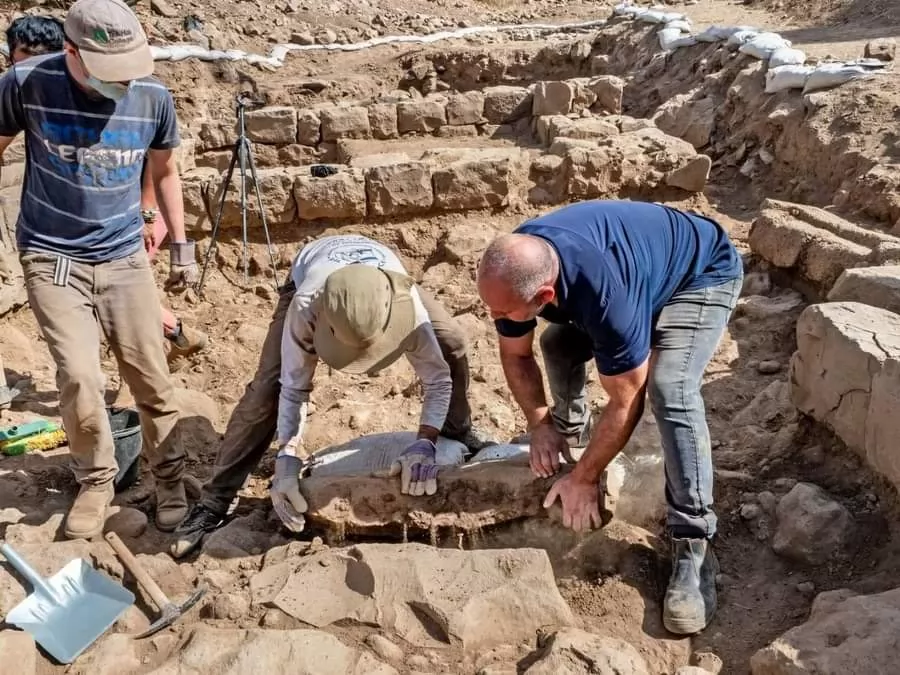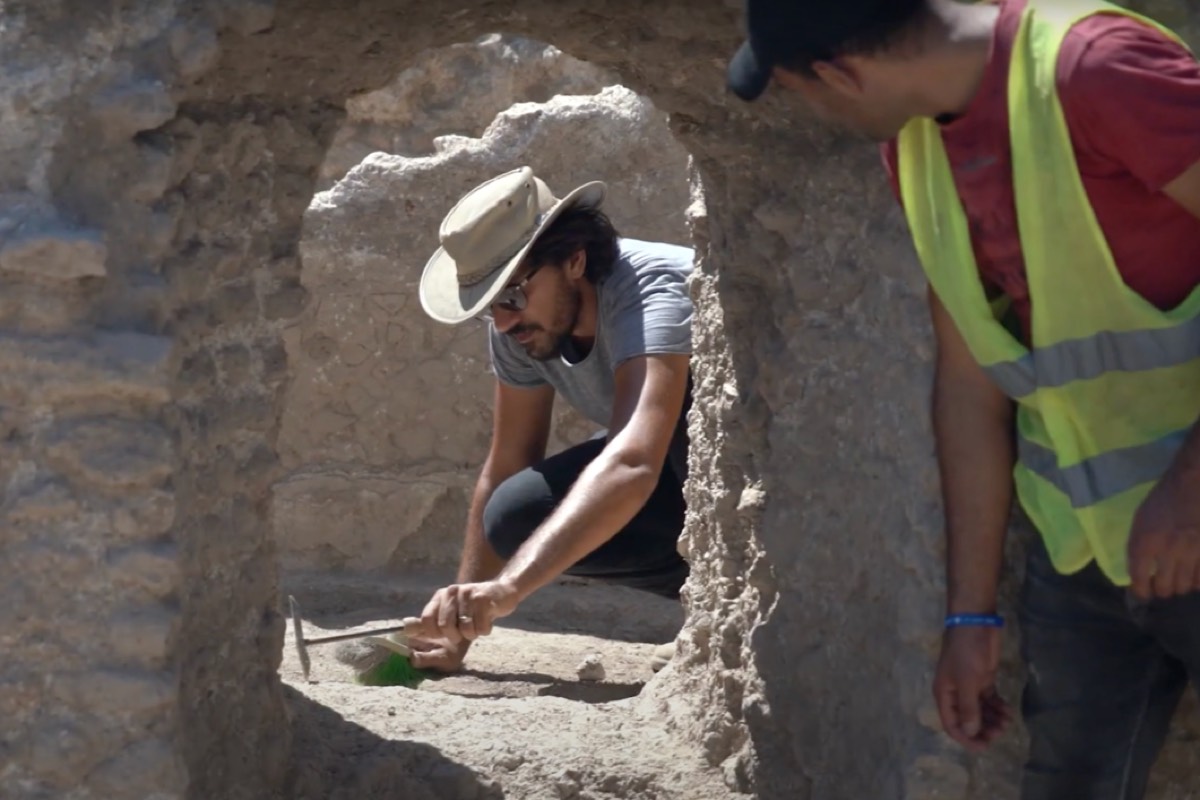Remains of 5,000-yr-old alcohol, silk found in central China
During the fourth excavation of the Yangshao Village site in central China’s Henan Province, Chinese archaeologists uncovered traces of ancient alcohol and silk going back more than 5,000 years. The Xinhua News Agency reported on this.
Archaeologists discovered silk protein residues in soil samples of human bone at the Yangshao Village site, as well as liquors made from fermented grain in a sharp-bottomed bottle dating back to the middle and late periods of the Yangshao Culture, in collaboration with institutions both at home and abroad, including Stanford University and the China National Silk Museum.
The discovery of ancient alcohol, according to Li Shiwei, in charge of the excavation site, offered direct proof for the manufacture and use of grain alcohol in the Yangshao Culture’s primary distribution region.
A number of residual silks discovered in recent years showed that ancestors in the Yellow River’s middle reaches bred silkworms and manufactured silk more than 5,000 years ago, according to Liu Haiwang, chairman of the Henan Provincial Institute of Cultural Heritage and Archaeology.
Several jade items, including a jade tomahawk, a sign of military might, were also discovered for the first time.
The initial excavation of the Yangshao Village site in Mianchi County, Henan Province, in 1921, marked the beginning of Chinese archaeology. The location also inspired the name of China’s first-known archaeological civilisation, the Yangshao Culture.
China began the second and third excavations of the remains in 1951 and 1980, respectively.
The Yangshao Culture, which originated in the Yellow River’s middle reaches, is regarded as a significant stream of Chinese civilisation and is well recognised for its superior pottery-making skills.
The fourth excavation of the Yangshao Village site began on August 22, 2020, and is still ongoing.
Header image: Archaeologists. Photo by Xinhua.




